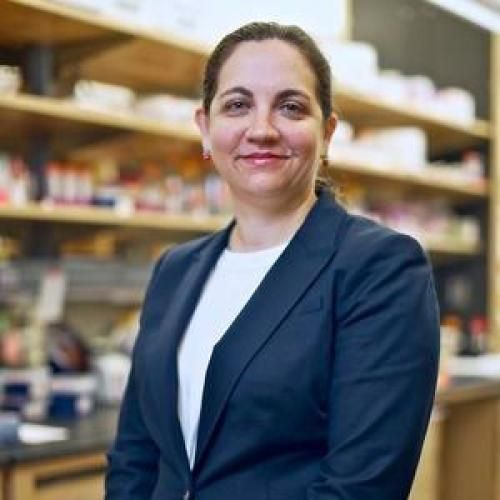Neuroligins provide molecular links between syndromic and nonsyndromic autism.
Autism is a common and heritable neuropsychiatric disorder that can be categorized into two types: syndromic and nonsyndromic, the former of which are associated with other neurological disorders or syndromes. Molecular and functional links between syndromic and nonsyndromic autism genes were lacking until studies aimed at understanding the role of trans-synaptic adhesion molecule neuroligin, which is associated with nonsyndromic autism, provided important connections. Here, we integrate data from these studies into a model of how neuroligin functions to control synaptic connectivity in the central nervous system and how neuroligin dysfunction may participate in the pathophysiology of autism. Understanding the complex functional interactions between neuroligins and other autism-associated proteins at the synapse is crucial to understand the pathology of autism. This understanding might bring us closer to development of therapeutic approaches for autism.
Duke Scholars
Altmetric Attention Stats
Dimensions Citation Stats
Published In
DOI
EISSN
Publication Date
Volume
Issue
Start / End Page
Location
Related Subject Headings
- Syndrome
- Synaptic Transmission
- Synapses
- Humans
- Autistic Disorder
- Animals
- Activated-Leukocyte Cell Adhesion Molecule
- 3101 Biochemistry and cell biology
- 0601 Biochemistry and Cell Biology
Citation
Published In
DOI
EISSN
Publication Date
Volume
Issue
Start / End Page
Location
Related Subject Headings
- Syndrome
- Synaptic Transmission
- Synapses
- Humans
- Autistic Disorder
- Animals
- Activated-Leukocyte Cell Adhesion Molecule
- 3101 Biochemistry and cell biology
- 0601 Biochemistry and Cell Biology

